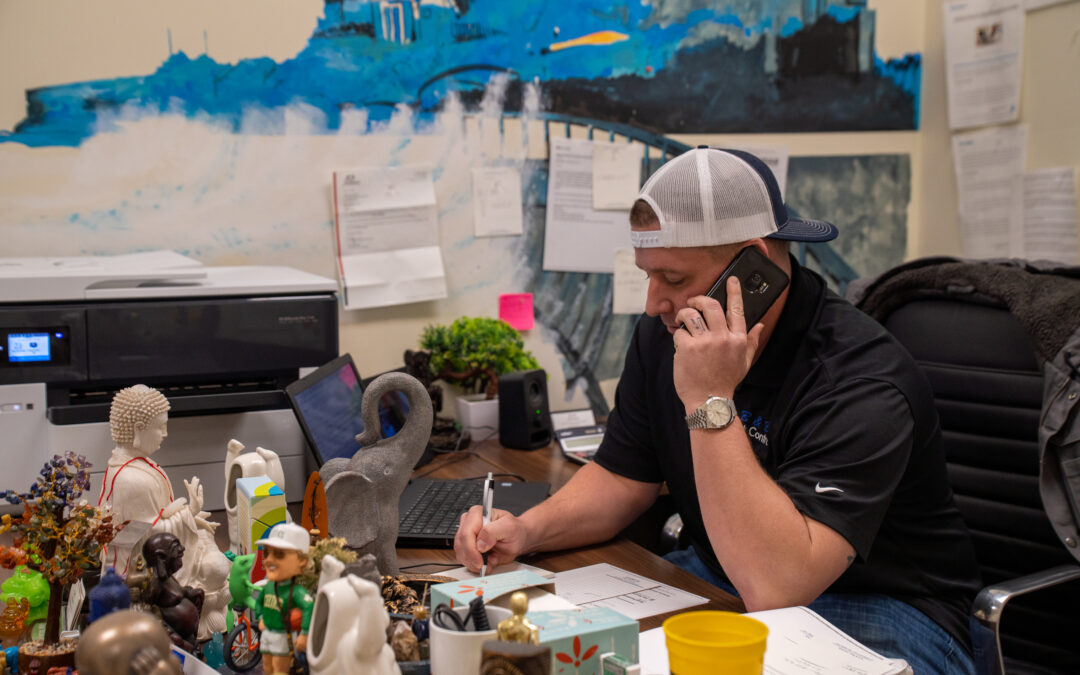Have you ever encountered wasps while you are enjoying the backyard summer party with your friends and relatives? You need to have a wasp inspection in and around your house.
For that, you need to find a wasp nest. Though wasps are beneficial and act as pollinators, these pesky pests become aggressive and pose a threat by stinging to humans.
Homeowners should look for both solitary and social wasps because they can damage the house walls and ceilings.
Look at the below points to locate the wasp nest inside or outside your house.
The appearance of Wasp nest:
Wasp nests vary depending on the species. If we talk about social wasps, they tend to make aerial nests above the ground, and solitary wasps tend to make nests below the ground.
- Paper wasps:
Paper wasps build open-celled exposed nests resembling an upside-down umbrella. These nests will expand late in the season. At this stage, the adult wasps are ready to sting if they sense the danger approaching the nest. Some wasps build new nests on the top of the old nest, giving a false impression of using the old nest.
- Yellow Jackets:
Yellow Jackets build their nests having a papery covering. You may find these nests within the wall, voids, and other cavities on the ground. These pests attack in large numbers when they become more aggressive. They are more aggressive in the late summers, leading to an increase in Yellow Jackets sting.
- Bald-faced hornets:
Bald-faced hornets have papery covering shells and build their nests in natural cavities like tree stumps or building cavities.
- Mud daubers:
Mud daubers build their nests using mud or clay. They construct tiny nests having tubular mud shuts in the cracks and crevices of masonry, stone, or timber.
Locating Nests:
The best way to manage the wasp infestation is to locate and identify the wasp nests:
- Wasp nests consist of chewed wood, giving them a distinct papery look, except mud daubers whose nests consist of mud or clay.
- Queen wasps lay the first batch of eggs in the spring season.
- The eggs, when transformed into adult wasps, take the responsibility of expanding the wasp colonies.
- By mid-summer, the wasp nest reaches a considerable size. Some nests are huge than a basketball.
- Make sure to look at the flight path of the wasps. If the nest is near your home, keep the windows closed. If you suspect the wasp activities in the attic, it is best to call professional exterminators.
- Common signs for wasp nests include under-the-roof eaves, behind the doors, shutters, and garden sheds or basements.
Are you worried about the wasp nest?
Do not attempt to remove the nest by yourself if you are sensitive to wasp stings. If you provoke the wasps, they will become aggressive and attack you.
If you call the pest control professionals, they will provide you with the following treatments:
- Qualified Professionals:
The professionals are trained and equipped with the necessary safety tools to carry out the complete treatment.
- Safe treatments:
The professionals ensure safe treatments that will not harm your family.
- Nest removal:
The professionals ensure the removal of the nest to reduce the risk of a secondary infestation.

